Greek Art Midterm 1
1/32
There's no tags or description
Looks like no tags are added yet.
Name | Mastery | Learn | Test | Matching | Spaced |
|---|
No study sessions yet.
33 Terms
Male harp player from Keros, 2600-2300 BCE
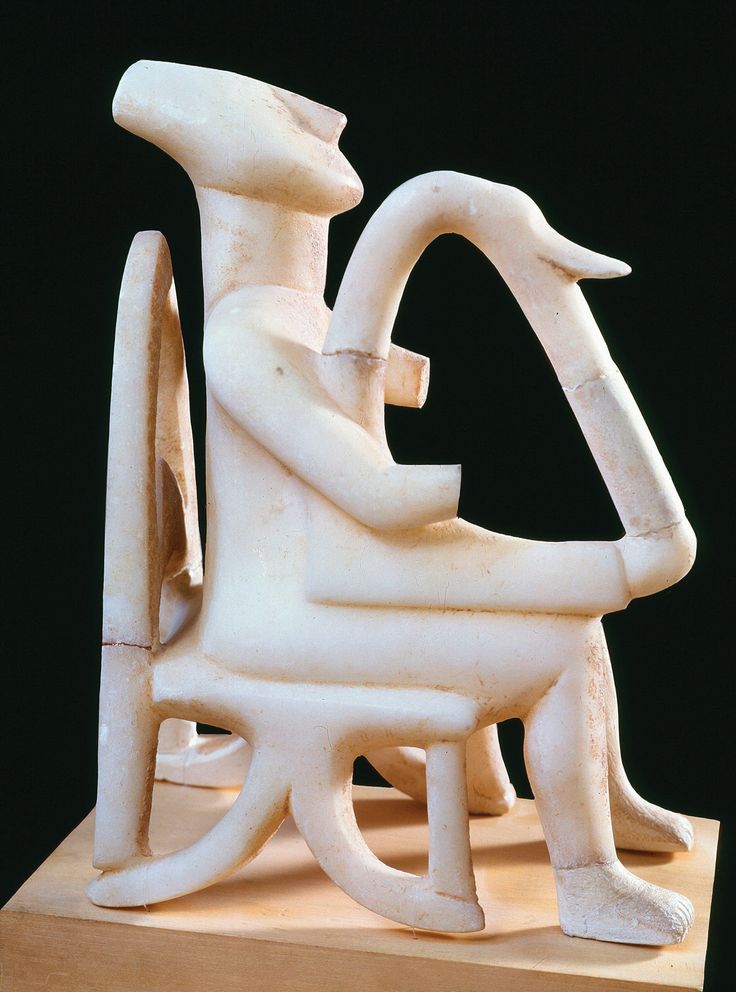
-Spiritually Strengthening
-Intellectually Enlarging
-Character Building
-Leading to Lifelong Learning and Service
BYU AIMS
Sema
Sign, Kore/Korous statues
Chryselphantine
Gold and Ivory
Who discovered Knossos?
Sir Aurthur Evans
Tholos
Round structure
Keros-Syros “Sauceboats,” 2800-2300 BCE

Male harp player from Keros, 2600-2300 BCE
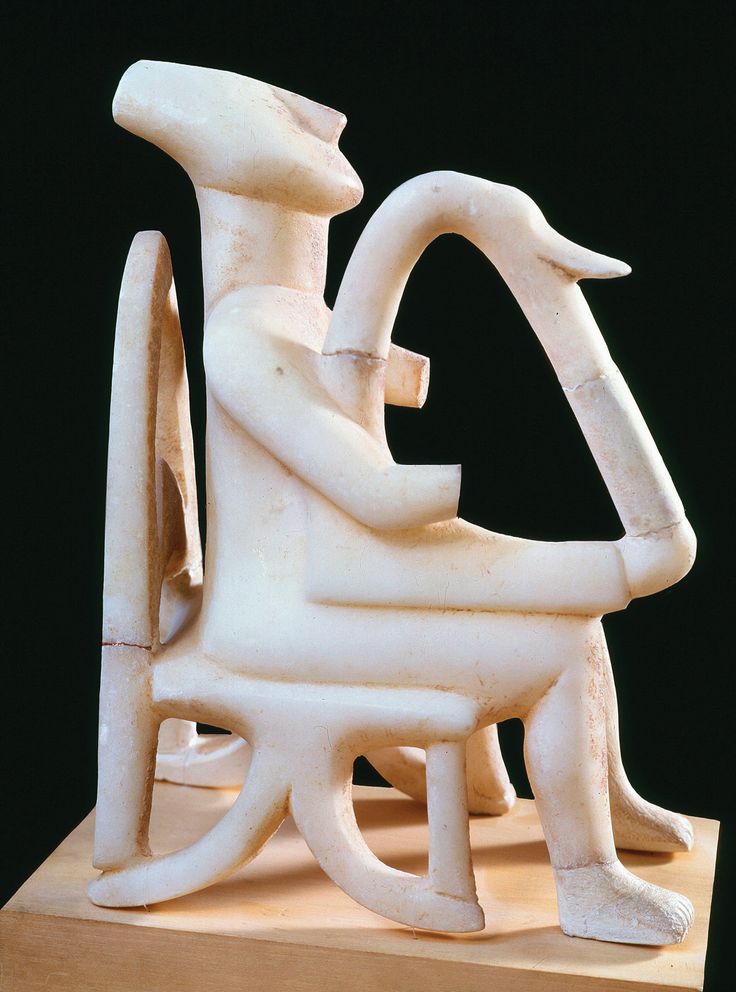
Palace of Knossos, 1700-1370 BCE
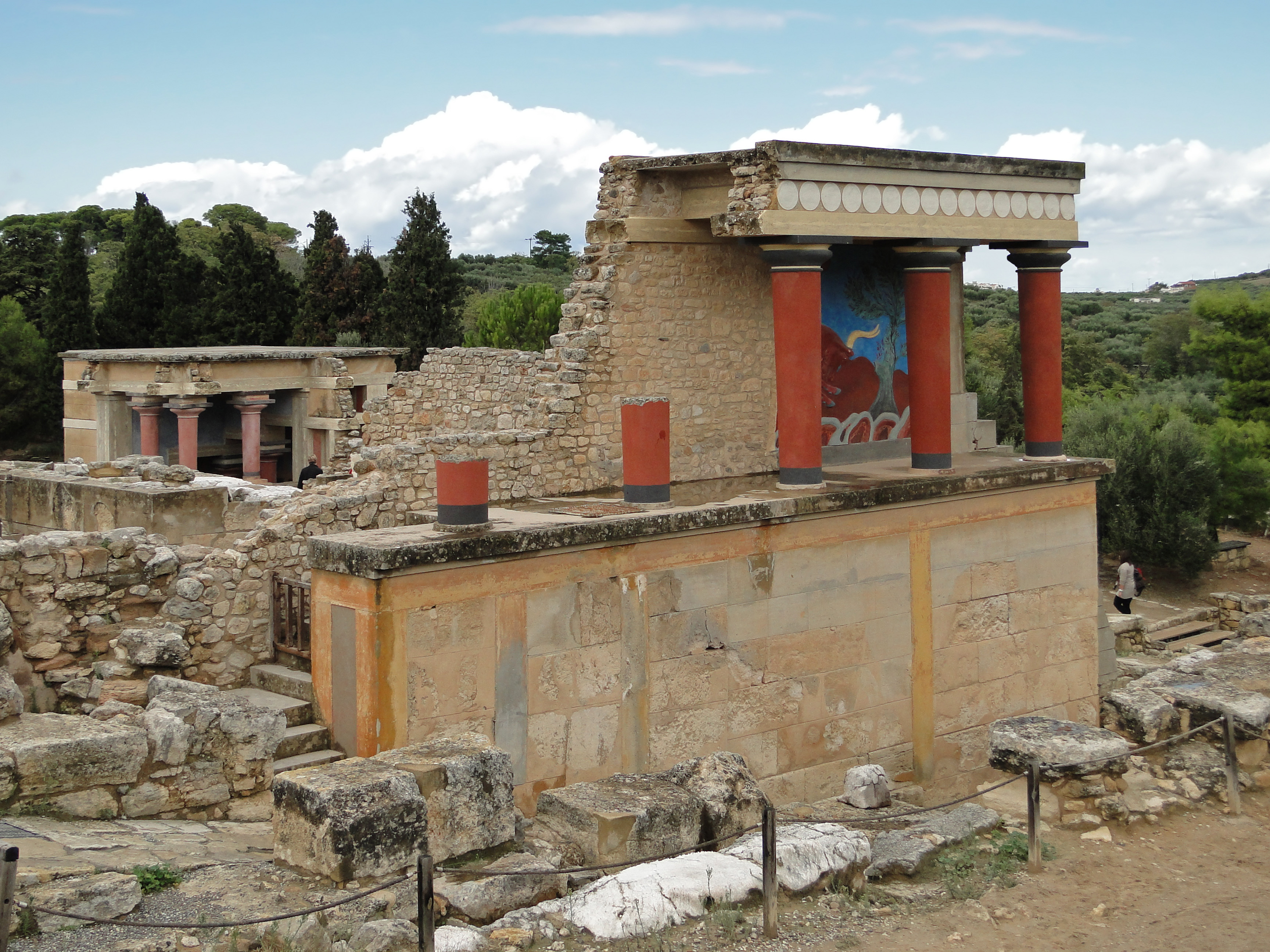
Octopus vase from Palaikastro, 1500 BC
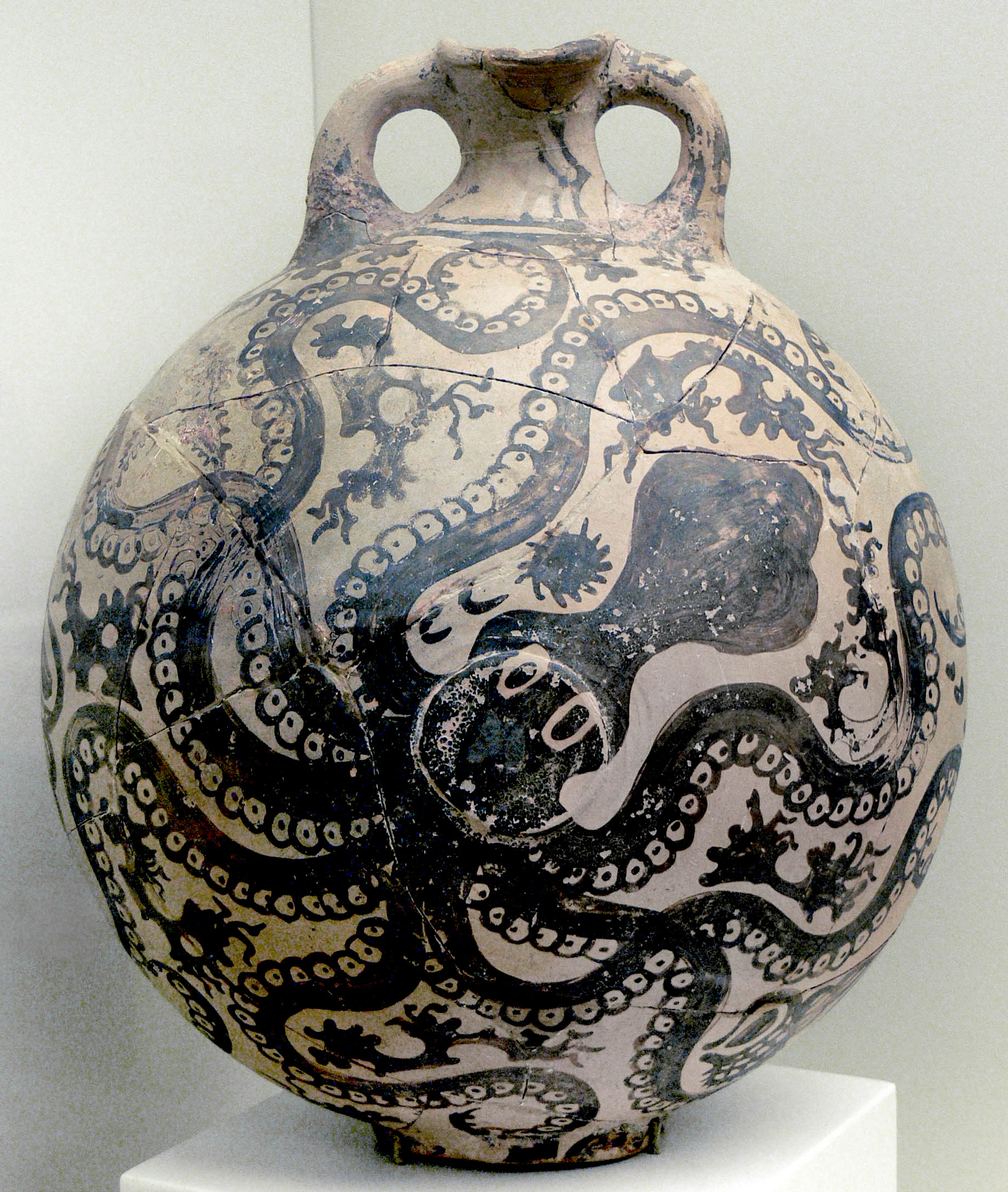
Bull-Leaping Fresco, 1600-1450 BCE
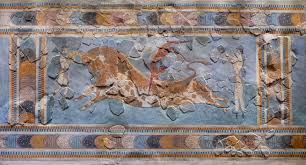
Boar ’s-tusk Helmet, 1300-1200 BCE
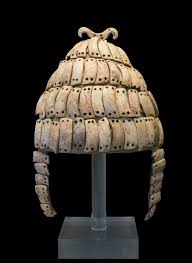
Attic Late Geometric I krater: Funeral Procession, 760-735 BCE
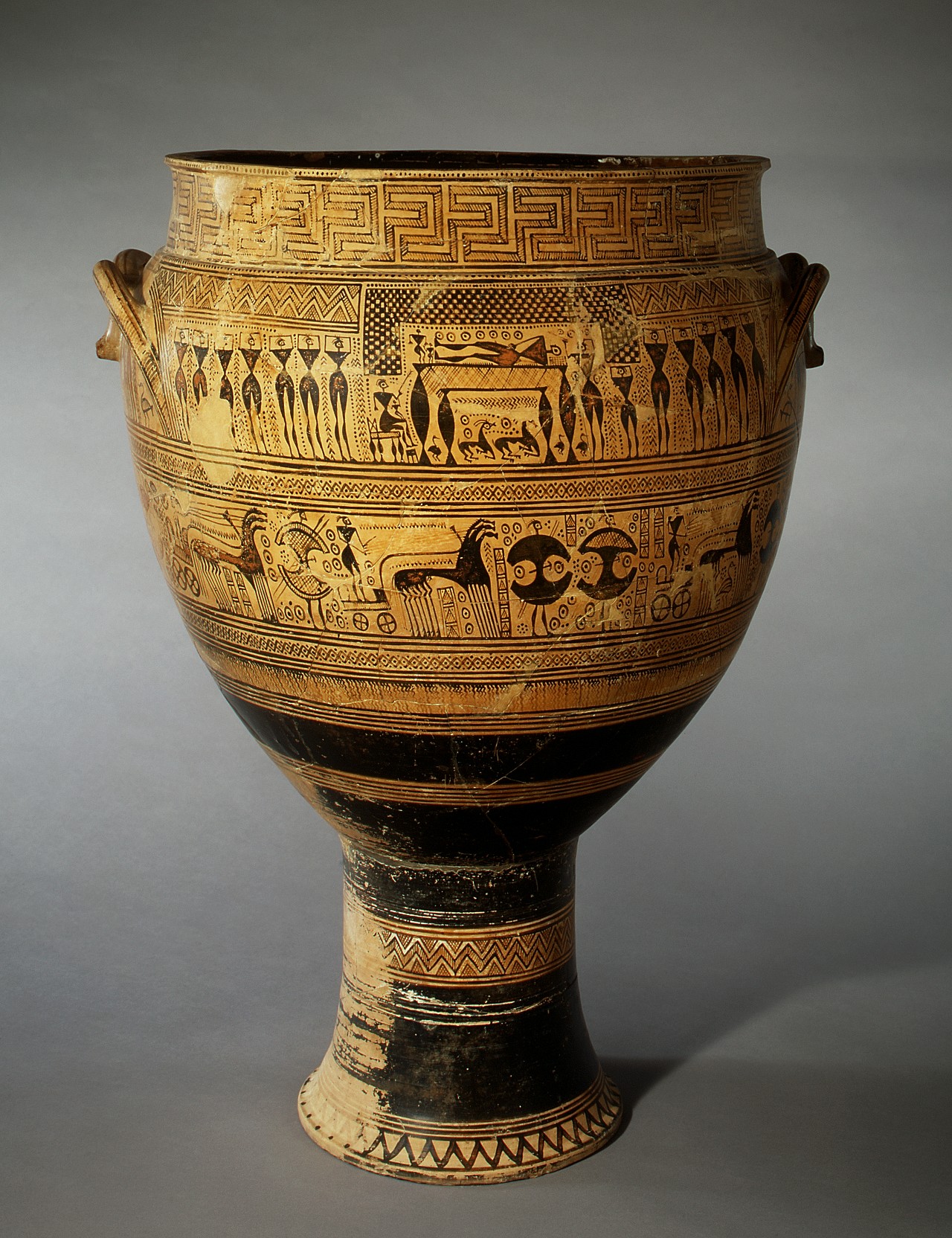
Chigi Vase, 650-640 BCE
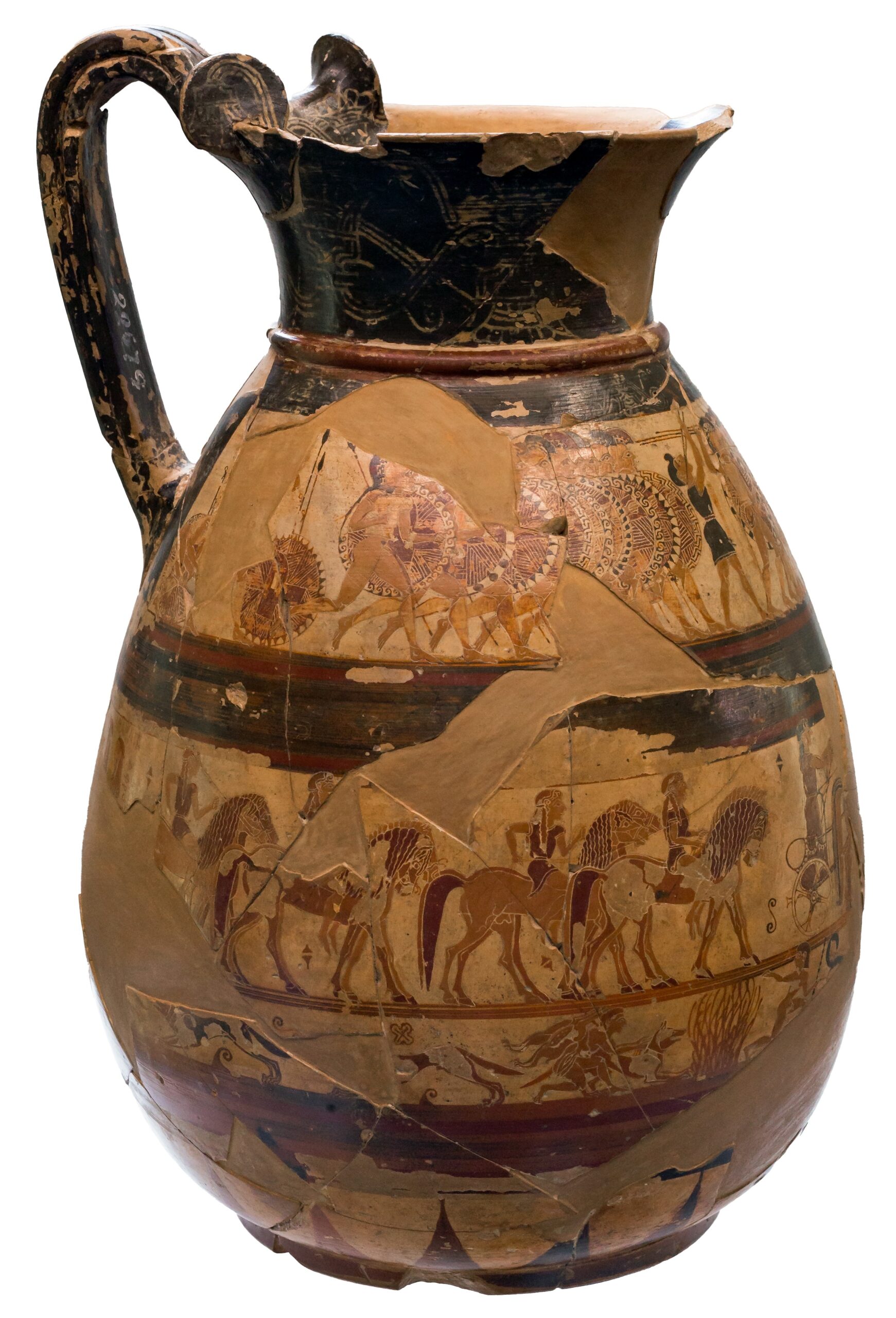
Jewelry from Kamiros on the Island of Rhodes, mid-late seventh century BCE

Aniconic dedication to Apollo, mid-6th century BCE

Pediment depicting Medusa mythology, Temple of Artemis, Corfu, c. 590 BCE

Votive Sphinx dedicated by the Naxians atop an Ionic column, 570 BCE
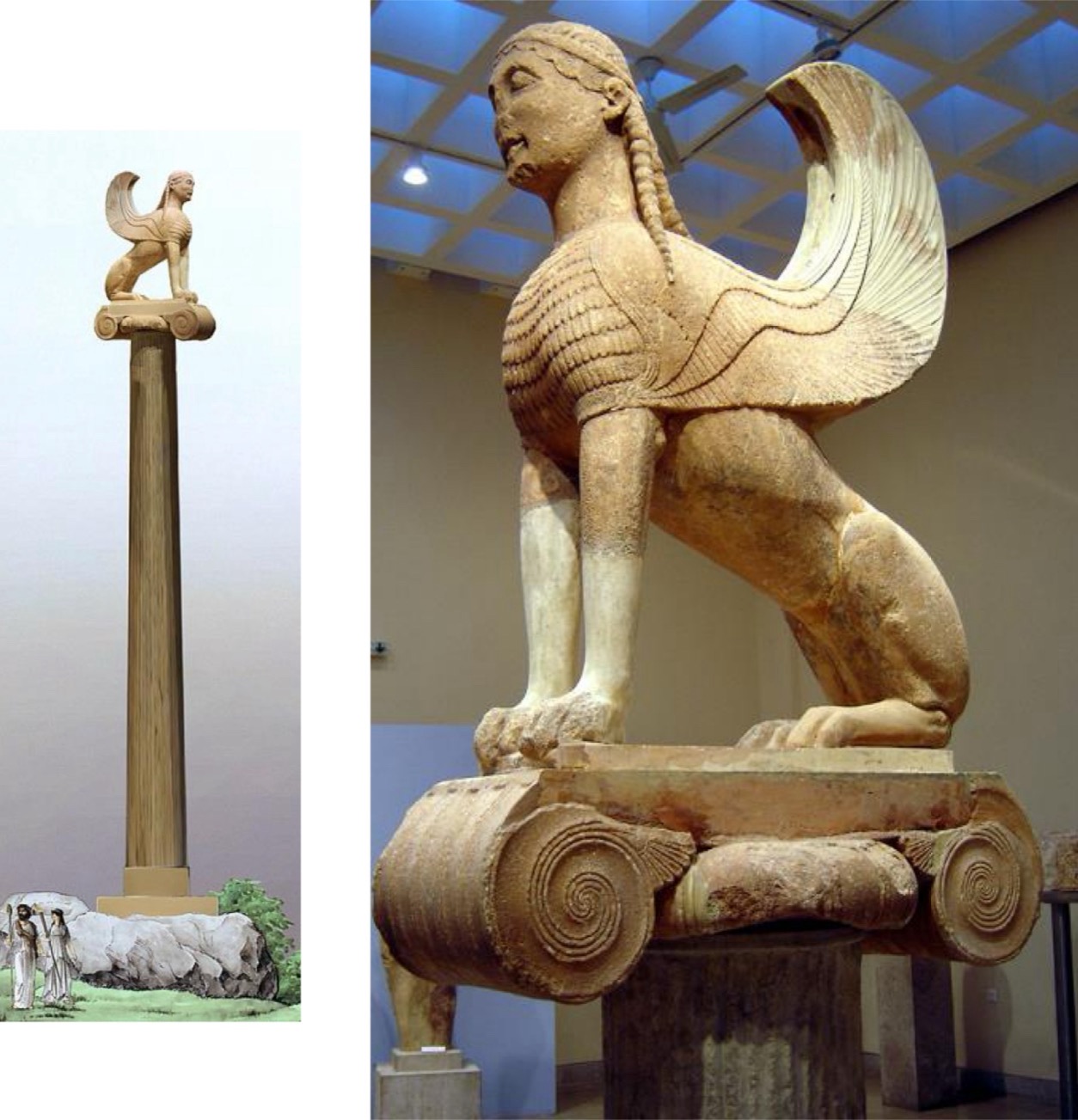
Temple of Artemis, dates after 560 BCE
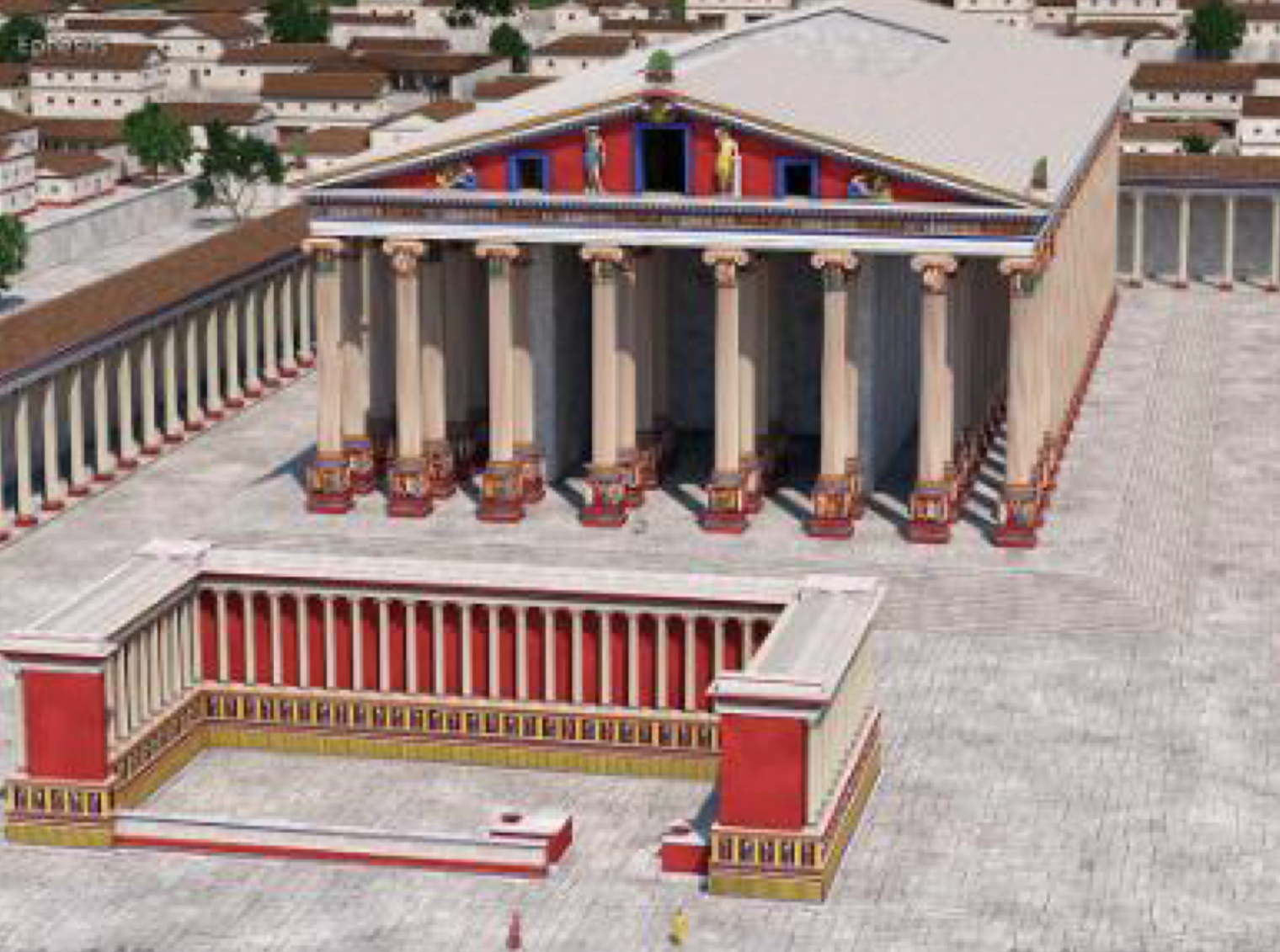
Four-drachma coin of Syracuse, 485-480 BCE
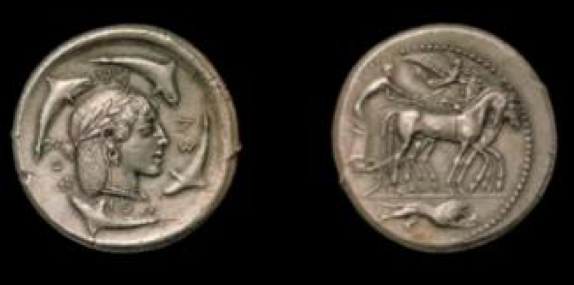
Exekias, Attic black-figure eye cup, 540 BCE
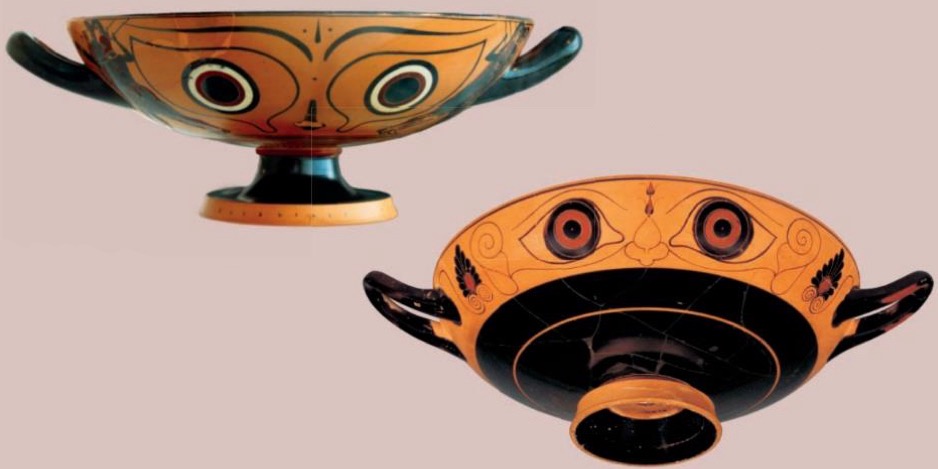
Kouros from a grave near Phoinikia in Attica, 590 BCE
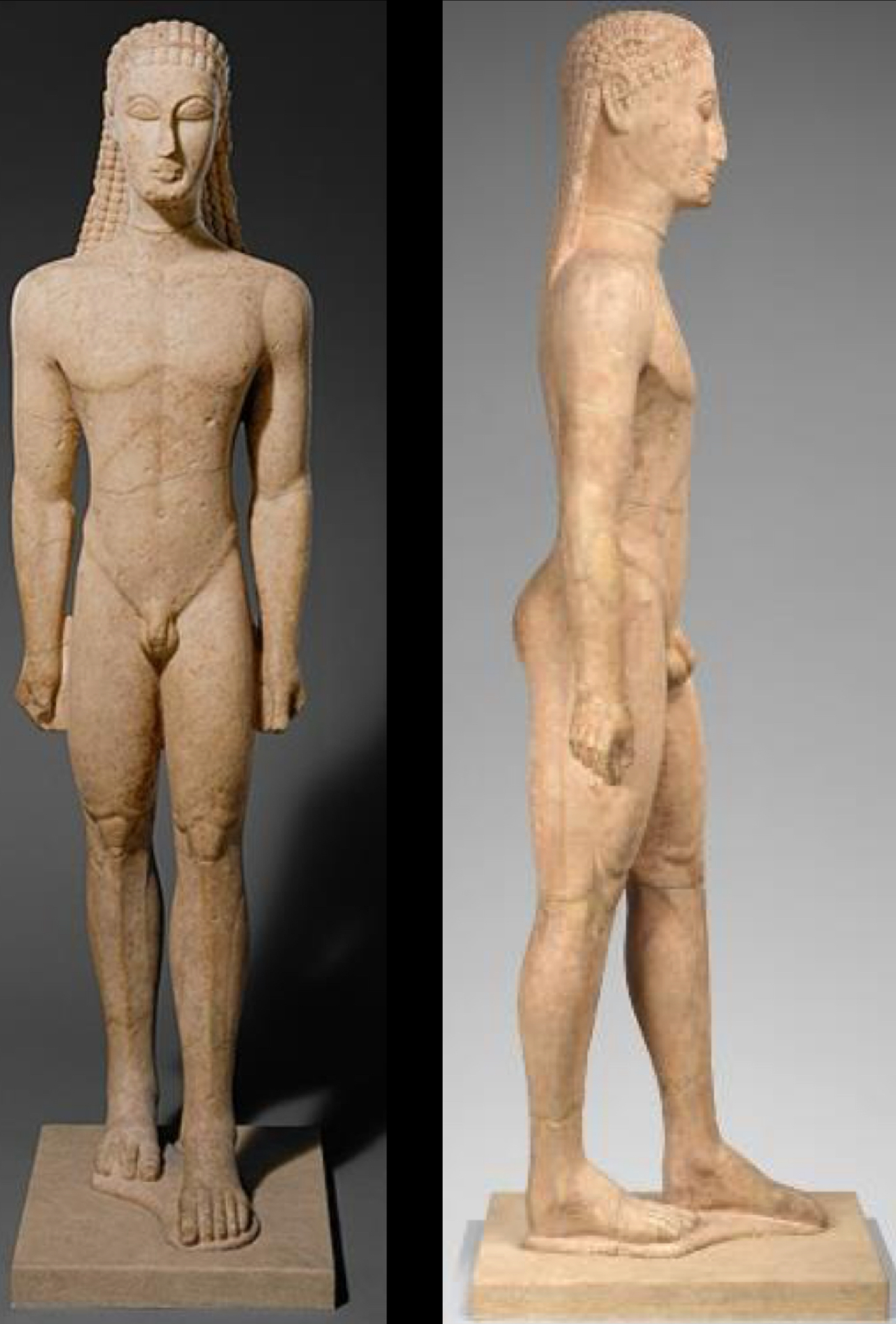
Votive Kore, 530 BCE
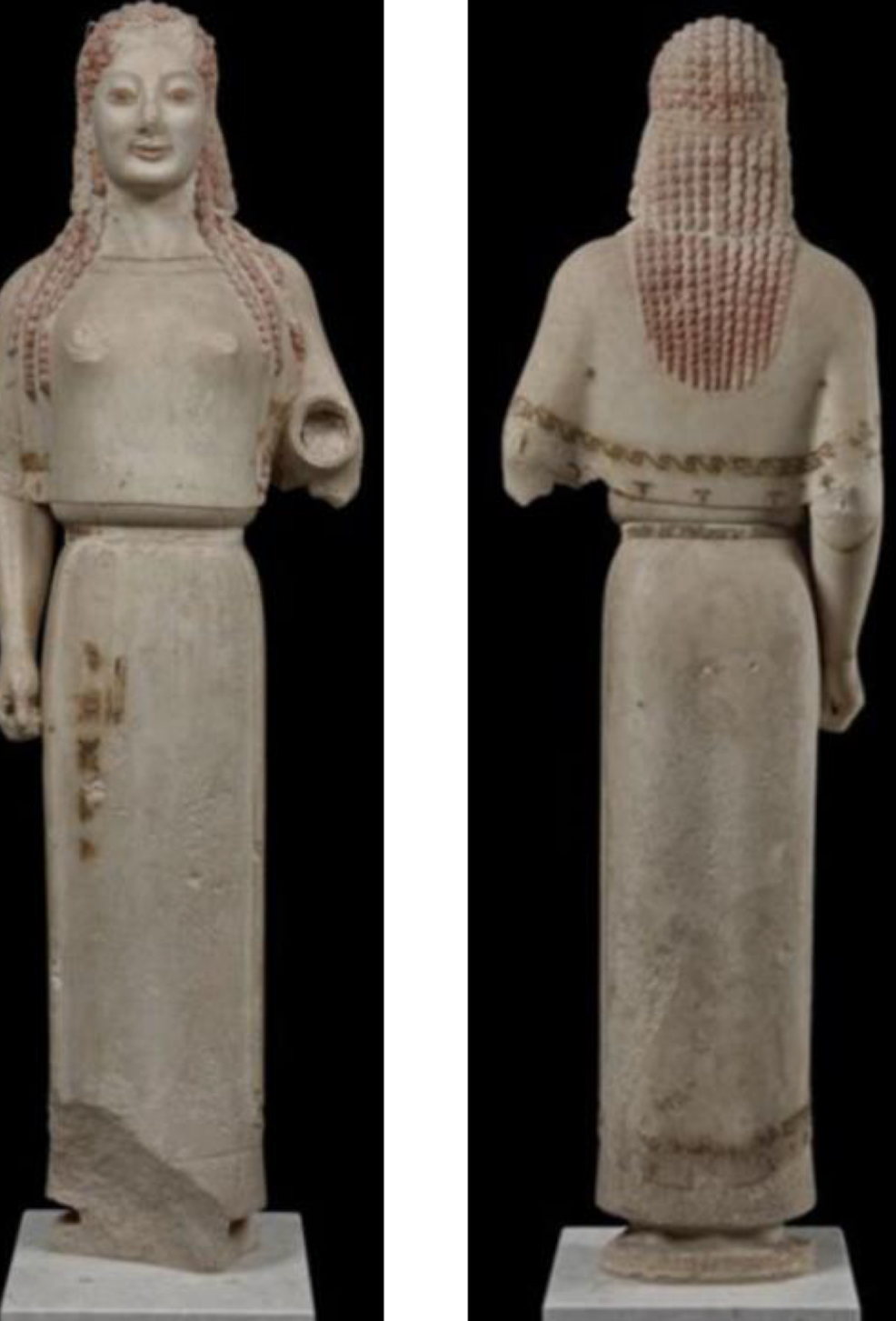
Colossal Kouros dedicated by Iskhys, 560 BCE

Funerary Kore, 540 BCE

Menkaure and Wife, 2490 BCE
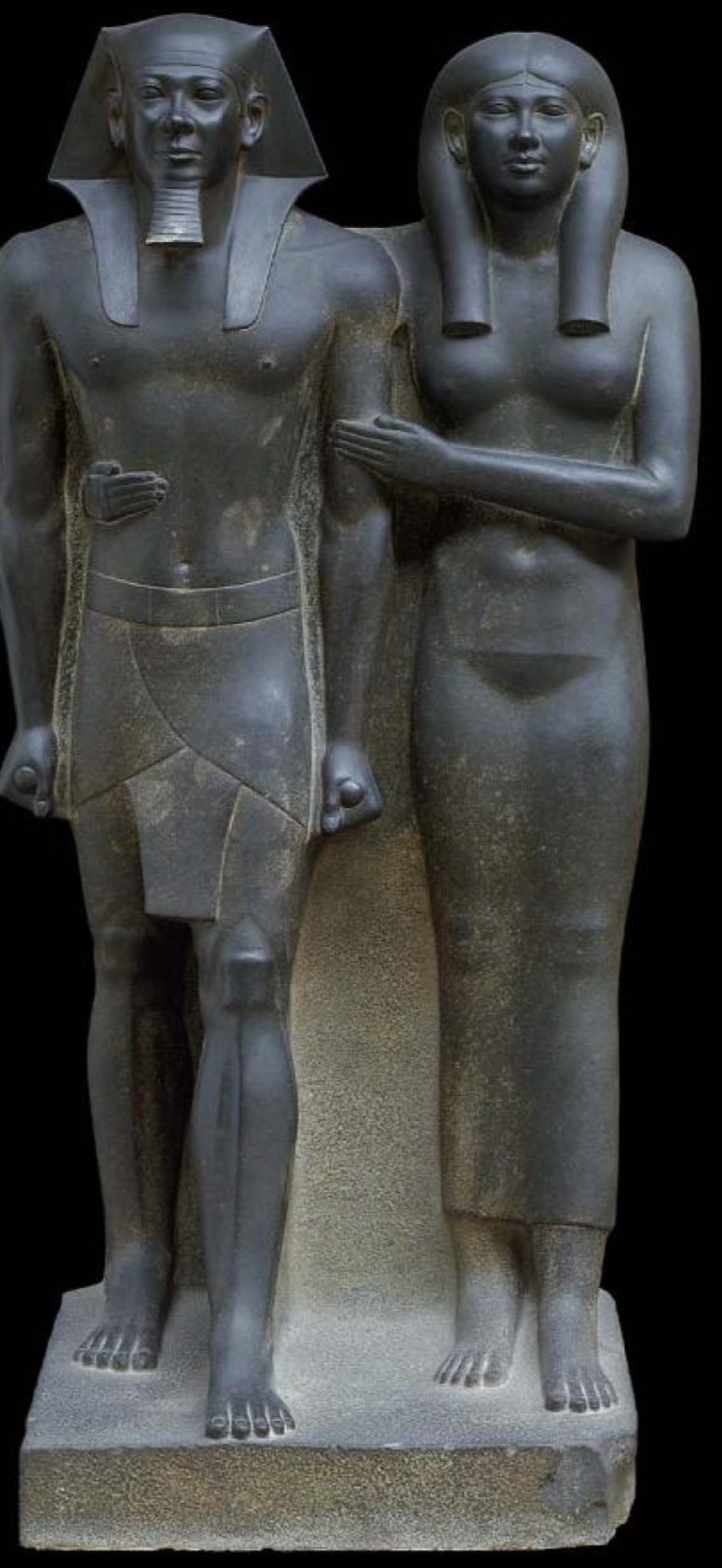
Stratigraphy
Study of layers, closer to the surface is younger
Transmutation
The idea that one material becomes another
Animism
Treating art like an animate/living object rather than a crafted one
Dedalic Style
Greek art with a near Eastern look
Phenomenology
How the human experience changes the meaning of an object
Self Reflexivity
Self awareness of the artist within the art
Poikilia
Variety